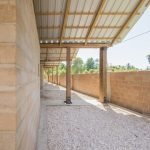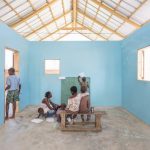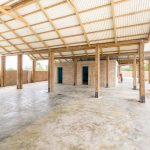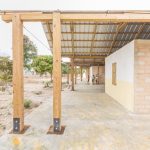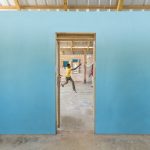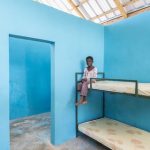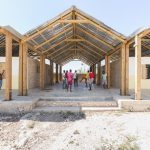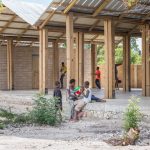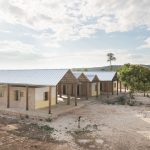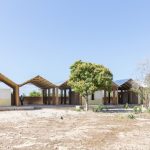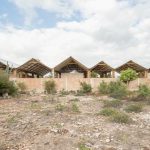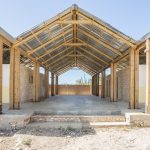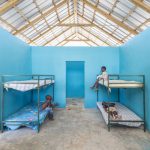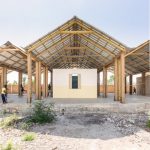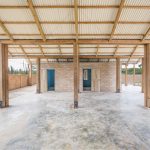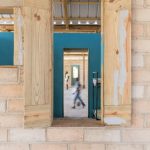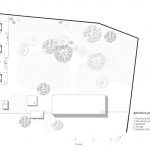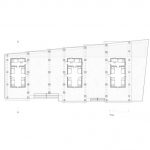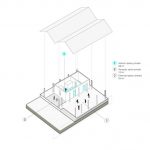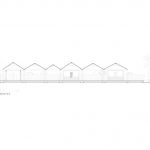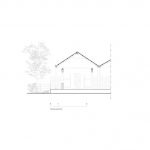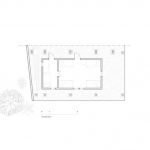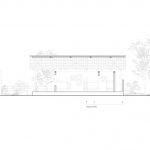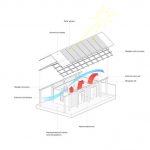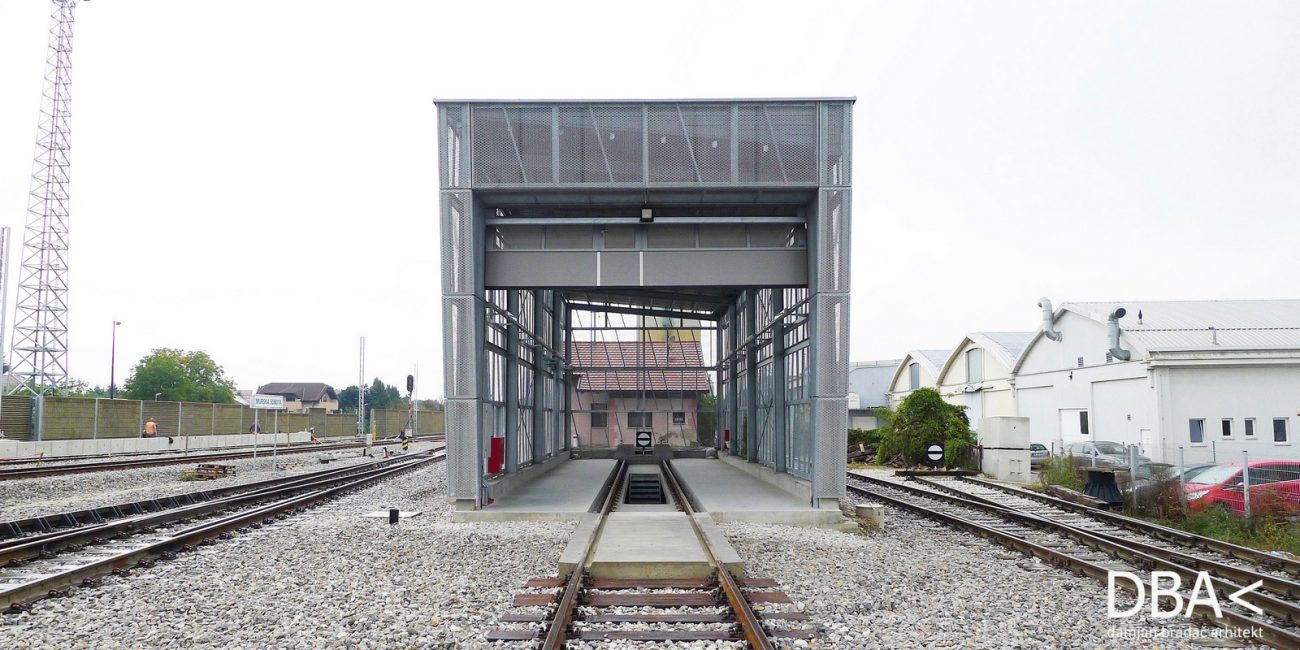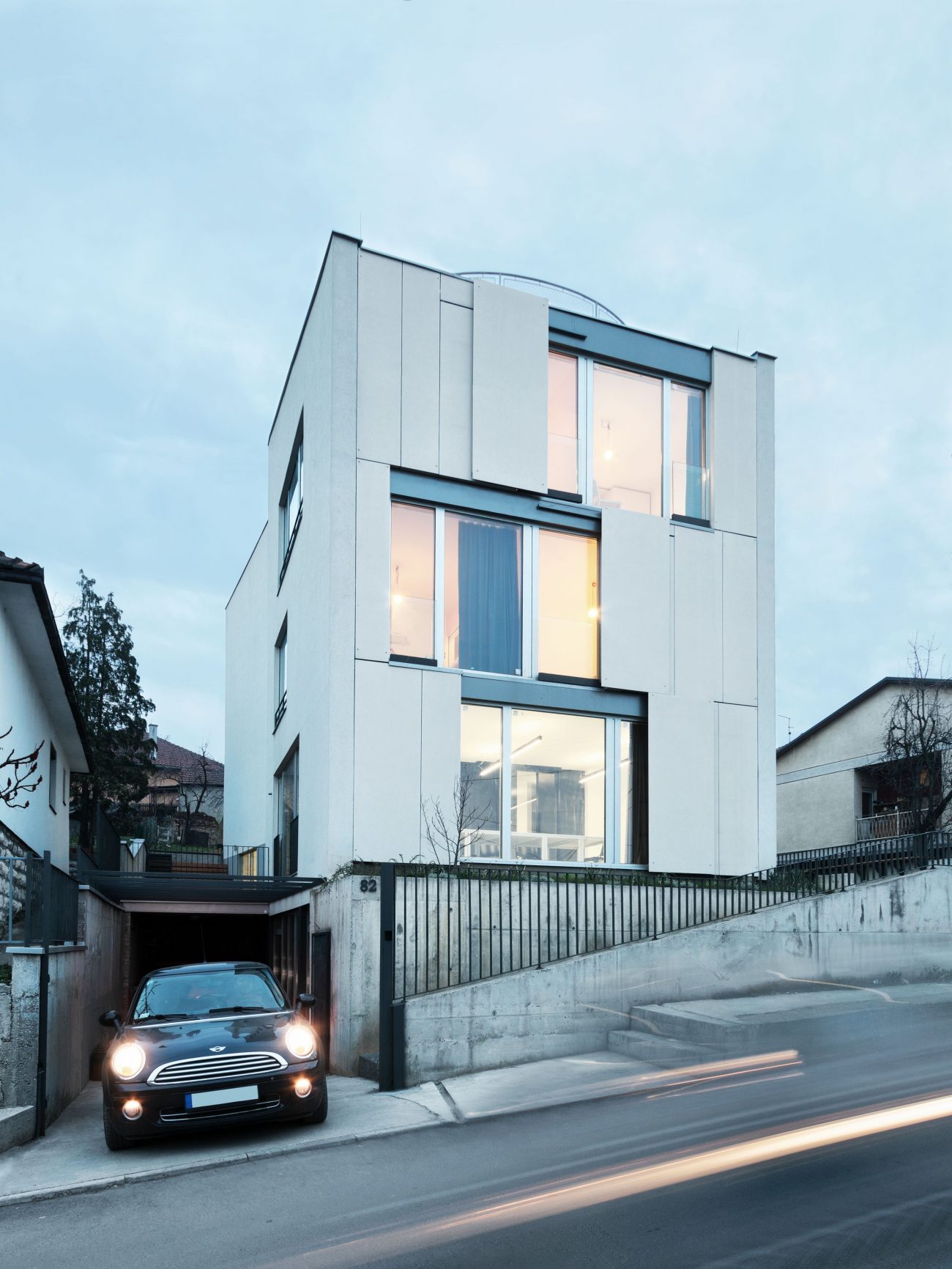The Small House
Between 2014 and 2015, the Italian architect Bonaventura Visconti di Modrone was invited to Anse-à-Pitres, a small village in the
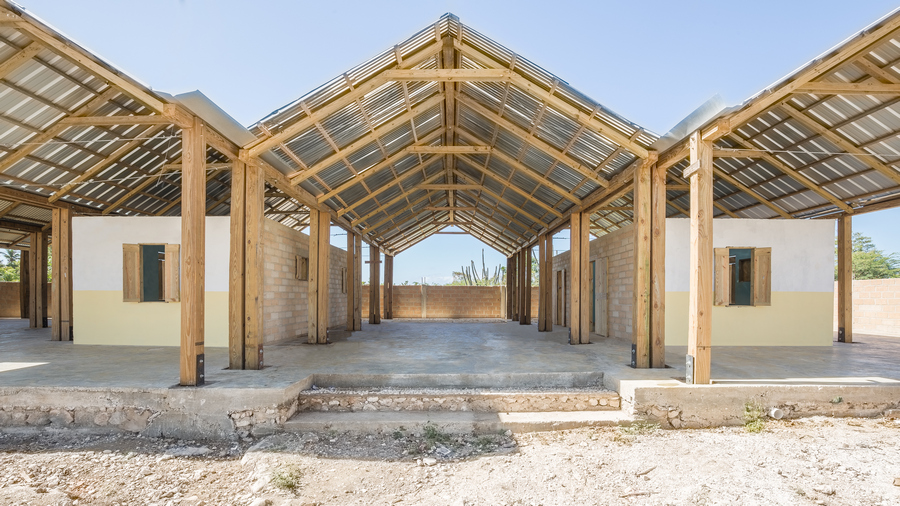
Bonaventura Visconti di Modrone
The Small House
-
Location
Anse-à-Pitres, Haiti
-
Project title
Ti kay là
-
Built area
400 sqm
-
Design period
2014 – 2015
-
Costs
60.000 euros
-
Photographs
courtesy of Bonaventura Visconty di Modrone
Between 2014 and 2015, the Italian architect Bonaventura Visconti di Modrone was invited to Anse-à-Pitres, a small village in the South East Department of Haiti, to build a housing complex for Ayitimoun Yo, an N.G.O. that helps local street children.
A meeting with the N.G.O founders fostered the idea of designing an antiseismic building for the children, that could also serve as a resource (haven) to help them feel welcome and part of a family again. The N.G.O wanted a space that would be easy to control, in which the children could sleep and carry out their daily activities.
The children, on the other hand, would need different areas; an indoor space to share with their housemates, a veranda to do their homework and spend time with their close friends, a lateral big open space to share with all the others. This subdivision is important considering the fact that there are children of different age and background. Since it was important that the building would fit within the local architectural context, two of itstypical elements were adopted: the lakou settlement and the Haitian rural house. The first is a traditional way of arranging the houses around a central courtyard; this was reinterpreted by placing the houses in a line and leaving a big open space between the buildings.
The second is a simple and clean rectangular-shaped house, with an open veranda that is cheerfully decorated and covered with a pitched roof. In the Haitian culture, the pitched roof means respect and acceptance, so it was included repeatedly, creating the characteristic shape of the uninterrupted cover. The Haitian climate is very hot and humid, so the roof structure is detached from the houses, allowing fresh air to breeze through and providing natural ventilation. Some of the project details, such as the color of the bricks and of the concrete platform, were chosen directly by the children through workshops; this helped them to personalize their future houses and strengthened their feeling of ownership.
The decision to employ local workers and artisans exclusively, led to the direct participation of the entire community and to the creation of a facility (site, place) that belongs to the area and to its architectural and cultural context.
 Romană
Romană English
English


